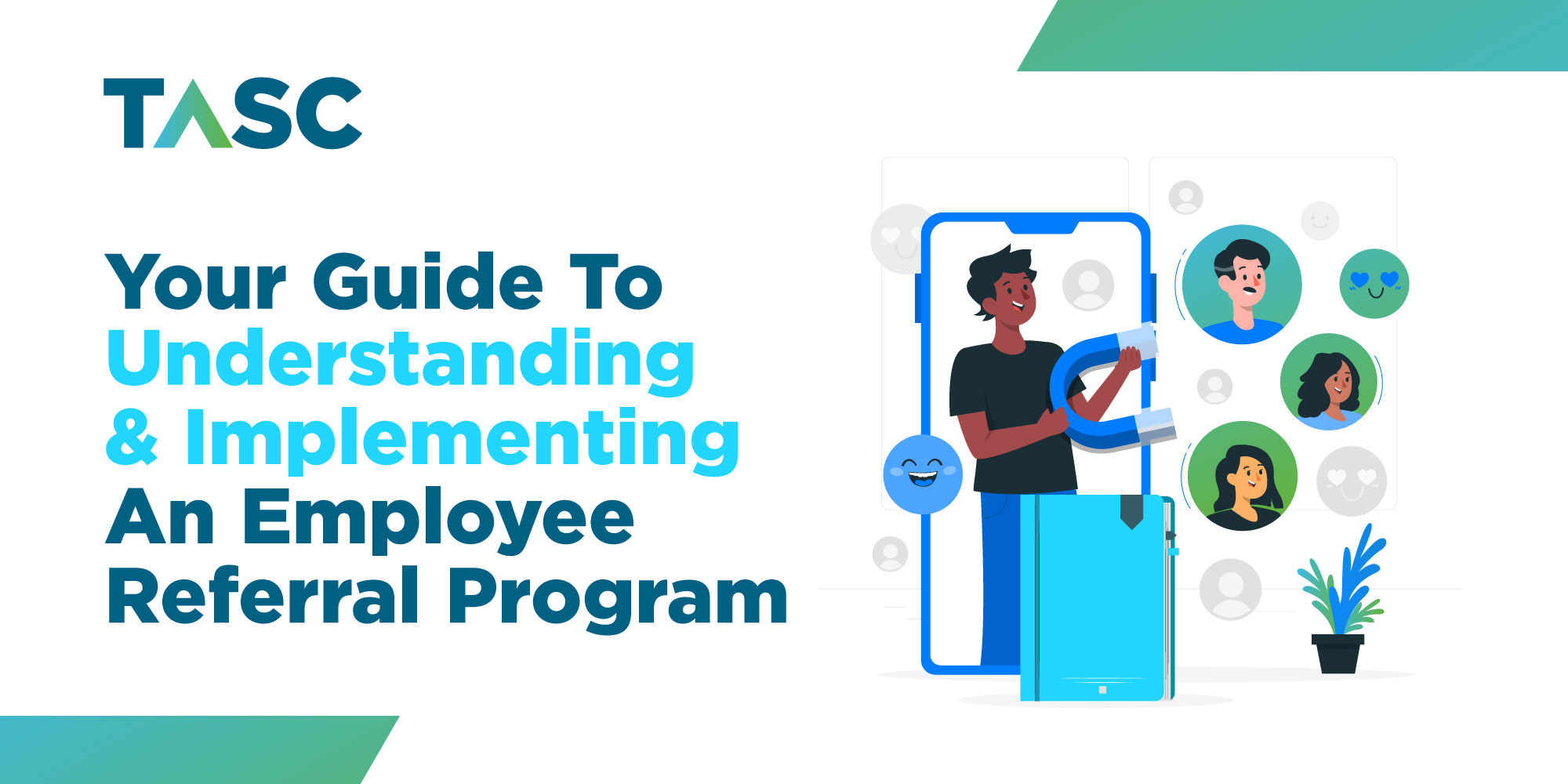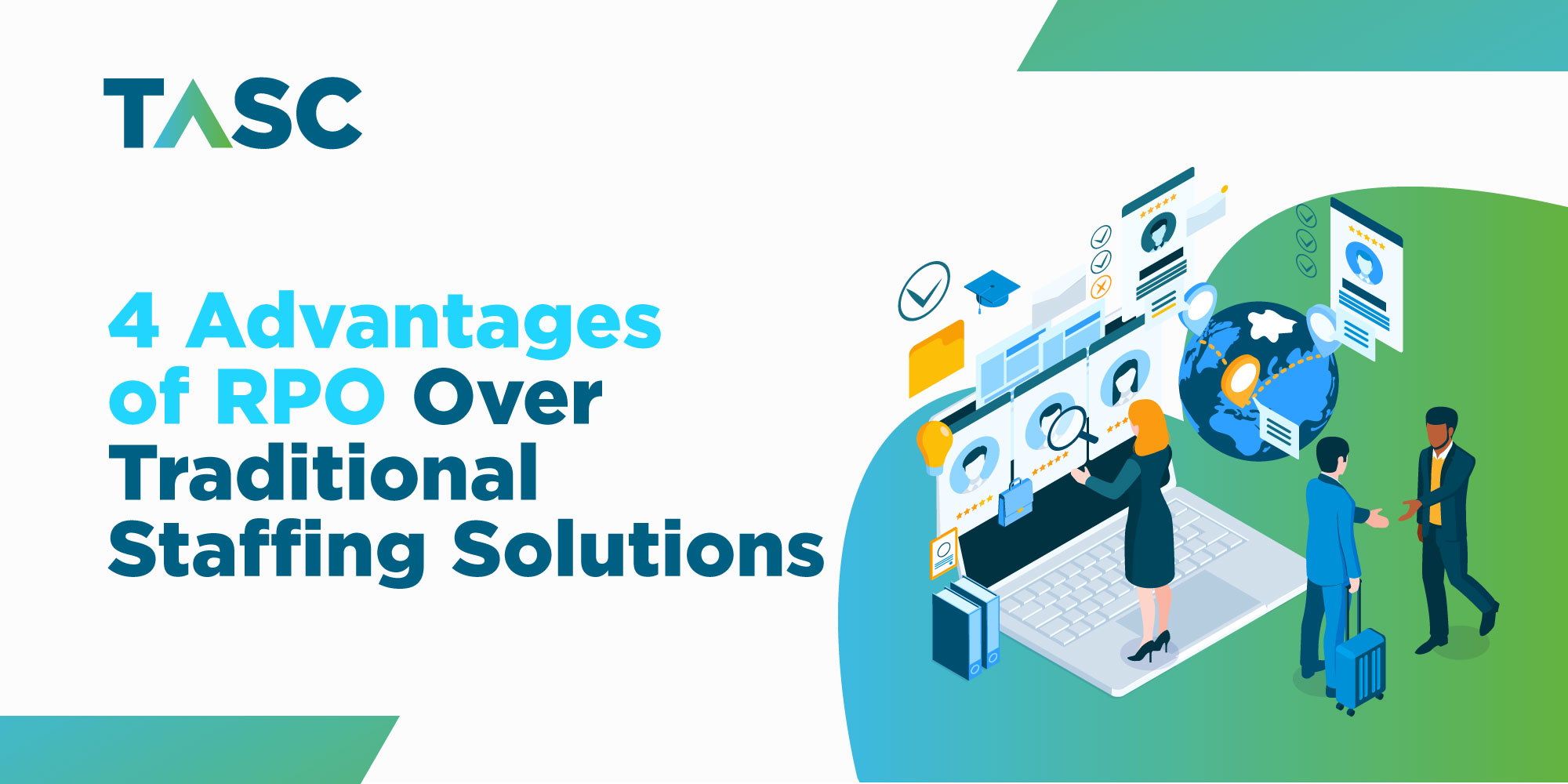Your Guide To Understanding & Implementing An Employee Referral Program
As the competition for top talent continues to grow, organisations are looking forward to leveraging their most valuable asset – their employees – to source the right candidates.
Empowering your workforce to become recruiters, these programs leverage authentic connections and trust to attract potential candidates. But their impact goes beyond recruitment. Employee referral programs boost engagement as team members take an active role in finding new talent, fostering a sense of ownership and importance.
Furthermore, the quality of hires improves significantly. Candidates referred by employees often align better with company values and culture, driving long-term success.
In today’s blog, we will look at the process of implementing a successful employee referral program along with its best practices. But before we go there, let’s understand what we mean by employee referral programs.
What Are Employee Referral Programs?
An employee referral program is a smart recruitment process that taps into the vast personal networks of your existing employees. Imagine having a team of enthusiastic talent scouts actively seeking out qualified candidates for your organisation's job openings. That's the essence of this innovative approach.
Here's how it works: Your employees become the driving force behind this program, identifying potential candidates they know and trust. By referring these individuals, they play a pivotal role in bringing new talent on board. And as a reward for their valuable contribution, companies typically offer incentives or rewards for every employee referral that result in successful hires.
You might be thinking, what’s so special about this approach? It turns out, by utilising your workforce as talent magnets, you gain access to a vast pool of potential job seekers that traditional recruitment channels may not reach.
By implementing an employee referral program, companies can experience a smoother, more effective, and budget-friendly hiring process. It enables the human resources department to concentrate on assessing exceptional referrals while fostering a stronger sense of unity and teamwork within the organisation.
Employee Referral Programs – Best Practices For Success
Employee referral programs have proven to be a goldmine for companies seeking top-notch talent. But to reap the full benefits, it's crucial to implement these programs with finesse and precision.
Let's explore the best practices that will make your referral program shine and keep your employees engaged and enthusiastic.
Create A Seamless Referral Experience
Simplicity is the cornerstone of a successful referral program. Streamline the process by providing an easy-to-follow online form that captures all necessary information in one go. Such a convenience ensures that employees can effortlessly refer potential candidates without hassle.
Encourage Active Participation
Clarify the referral process for your employees through a clear and concise guide. Step-by-step instructions will empower them to understand the program's objectives, navigate the process confidently, and submit referrals without confusion.
Company meetings play a pivotal role in nurturing participation. Use these gatherings to highlight the program's significance and benefits. Address any questions or concerns employees may have, ensuring they feel fully equipped to participate effectively.
Keep Employees Engaged & Informed
Communication is the lifeblood of an enduring referral program. Regularly update your team members on any program enhancements or changes to maintain their interest and engagement. Share valuable insights, such as hire rates, employee retention statistics, and tangible improvements in company culture and productivity. This information keeps employees invested in the program's success and encourages further referrals.
Offer Tempting Incentives
Attractive incentives are the secret sauce that fuels employee motivation. Monetary rewards, like referral bonuses, gift cards, or paid trips, are popular choices. Non-monetary incentives, such as company-wide recognition newsletters or flexible working hours, are equally enticing.
Diversity in incentive options allows employees to choose rewards that resonate with their preferences, further boosting their enthusiasm for the referral program.
How To Implement AnEmployee Referral Program?
Creating and launching an employee referral program demands careful planning and execution. Let's delve into the essential steps to ensure your referral program is a resounding success.
Step 1: Define Clear Objectives
Before embarking on your employee referral journey, define your hiring goals. Whether it's cutting down on recruitment costs, enhancing the quality of hires, or fostering a culture-aligned team, clarity on objectives is key. Transparently communicate these goals to your team members to set the stage for a successful program.
Step 2: Determine Eligibility & Incentives
Decide which job positions or contract engagements are eligible for referrals and consider making the program available across all departments for greater diversity. However, exclude managers from referring individuals they would supervise. Next, craft enticing incentives for successful referrals. From cash bonuses and commissions to awards and promotions, the right incentives will motivate your employees to participate actively.
Step 3: Set Clear Guidelines
Streamline the referral process by establishing clear guidelines for your employees to follow. Specify necessary documentation, referral submission details, and eligibility criteria. Determine the timeframe for providing incentives, even if the referred candidate is hired for a different role.
Step 4: Launch With
Announce the employee referral program to all workers via email, ensuring it includes comprehensive instructions, eligibility criteria, and a mention of the incentives. Increase visibility by posting program details in shared workspaces. Provide training sessions and follow-up meetings to address any queries or feedback from your team, and create a robust communication plan to keep everyone updated on program changes.
Step 5: Measure, Improve, Succeed
To effectively manage the program, track metrics and successes using referral software. Monitor hire rates, employee turnover, and the number of referrals hired annually. Analyse this data to identify areas for improvement and reward top referrers. Implement strategies like diverse incentives or increased employee engagement to enhance program performance.
Wrapping Up
Implementing an employee referral program can be a game-changing recruitment strategy for your organisation. By tapping into the power of your employees' networks, you gain access to a vast pool of qualified candidates who align with your company's culture and values.
Through well-defined objectives, enticing incentives, and clear guidelines, you can create a seamless referral experience that keeps your team engaged and enthusiastic. But don’t forget to continuously measure and improve the program's performance, leveraging data and feedback to optimise its impact.





